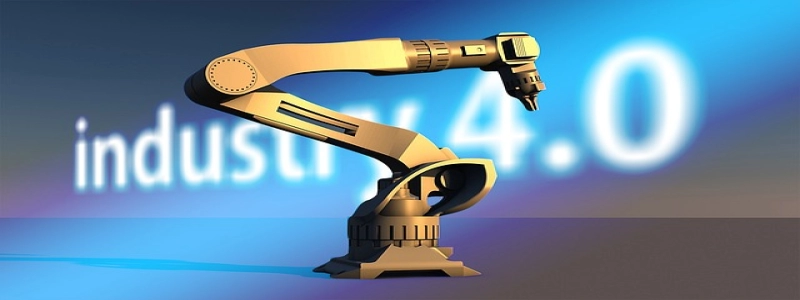24 Port Ethernet Patch Panel
Introduction:
A 24 port Ethernet patch panel is a networking device used to organize and manage Ethernet cables within a network. It serves as a central connecting point for Ethernet cables from various devices and allows for easy and efficient connectivity.
I. What is a patch panel?
A. Definition and purpose:
1. A patch panel is a device that provides a physical interface for multiple network connections.
2. Its primary purpose is to connect and manage Ethernet cables within a network.
B. Types of patch panels:
1. Fiber optic patch panels: Used for connecting fiber optic cables.
2. Ethernet patch panels: Used for connecting Ethernet cables.
II. What is a 24 port Ethernet patch panel?
A. Definition:
1. A 24 port Ethernet patch panel is a specific type of Ethernet patch panel that has 24 ports or connectors.
2. It allows for the connection of up to 24 Ethernet cables.
B. Features and benefits:
1. High density: The 24 port patch panel allows for the connection of multiple devices in a compact size.
2. Easy connectivity: It provides a centralized location for connecting and managing Ethernet cables, making it easier to troubleshoot and upgrade the network.
3. Efficient cable management: The patch panel enables neat and organized cable management, reducing cable clutter and making it easier to trace and identify cables.
4. Flexibility: With 24 ports, the patch panel provides flexibility for future network expansion and modifications.
5. Improved performance: By ensuring proper cable management and organization, a 24 port Ethernet patch panel helps maintain optimal network performance.
III. How does a 24 port Ethernet patch panel work?
A. Installation:
1. Mount the patch panel onto a rack or enclosure using screws or other mounting mechanisms.
2. Connect the Ethernet cables from devices to the corresponding ports on the patch panel.
B. Cable management:
1. Use cable ties or Velcro straps to secure and organize cables within the patch panel.
2. Label the cables and ports for easy identification and maintenance.
C. Connectivity:
1. The patch panel acts as a central hub, allowing for easy connectivity between devices through Ethernet cables.
2. Patch cords are used to connect the patch panel ports to the corresponding ports on networking devices such as switches or routers.
IV. Common uses of a 24 port Ethernet patch panel:
A. Data centers: Patch panels are commonly used in data centers to manage and connect a large number of Ethernet cables from servers and networking equipment.
B. Office networks: Patch panels provide a centralized and organized solution for connecting computers, printers, and other networked devices in office environments.
C. Home networks: For advanced home networks with multiple devices, a 24 port Ethernet patch panel offers a professional solution for cable management and connectivity.
Conclusion:
A 24 port Ethernet patch panel is an essential networking device for managing Ethernet cables in a network. With its high-density design and efficient cable management capabilities, it provides a reliable and organized solution for connecting and organizing multiple Ethernet cables. Whether in data centers, office networks, or home networks, a 24 port Ethernet patch panel greatly improves network performance and simplifies network maintenance.








